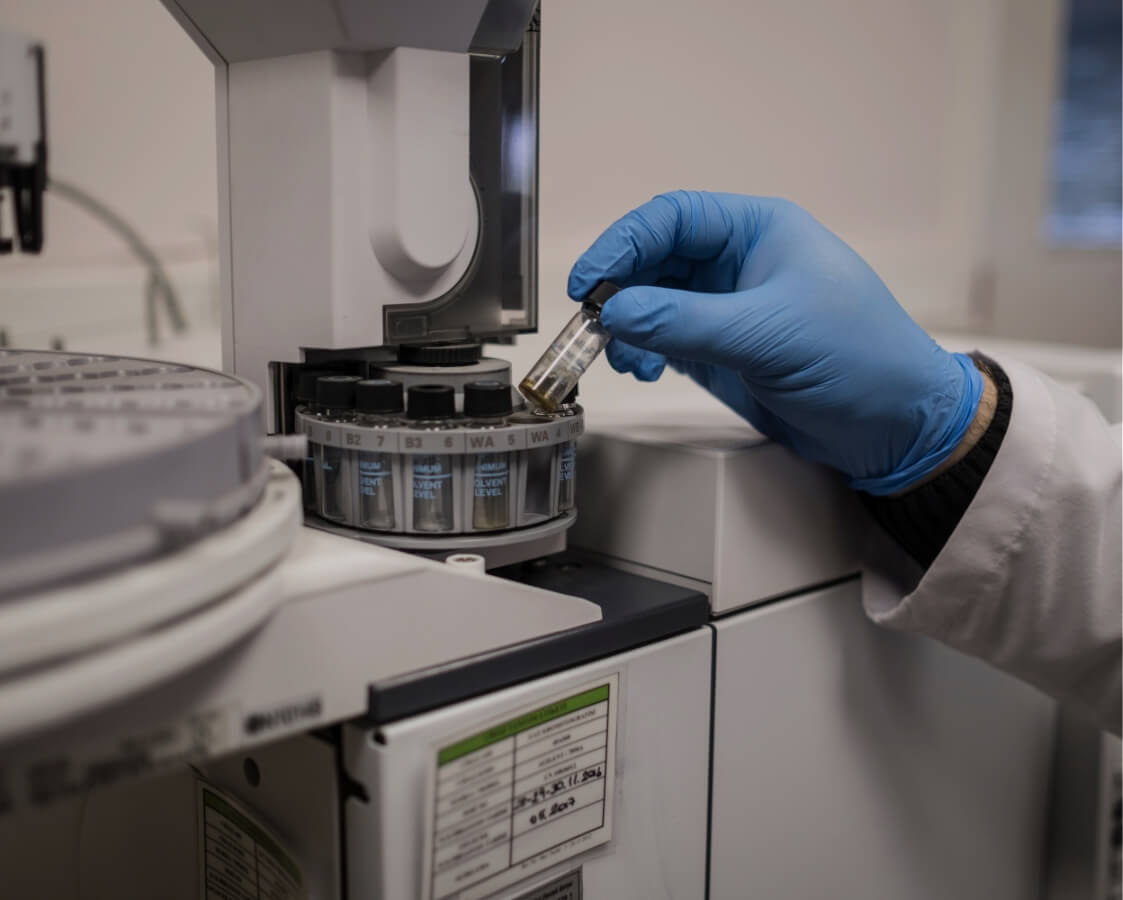Have you had Asbestos Removed? Then you need an Asbestos Clearance Certificate.
In many states such as NSW, Workplace Health & Safety Regulations require an Asbestos Clearance Certificate when asbestos is removed. Whether it is a workplace or someone’s house, it the amount of asbestos removed is 10 square meters or more, then it likely that a certificate is required, depending on the state regulations.
The purpose of the Asbestos Clearance Certificate is to ensure that all visible asbestos fragments posing a significant health risk have been removed, this also includes the transit routes to and from the removal area. A visual inspection is one method to verify that the asbestos has been removed from the area. Other verification methods in settled dust sampling and asbestos air testing.
An asbestos consultant will walk through the area and check for fragments and the like and ensure that pieces of asbestos such as walls and eaves have been removed successfully. In some states a licensed asbestos assessor is required to be used, particularly for friable asbestos removal work.
People may not enter the area where the asbestos removal took place until an Asbestos Clearance Certificate has been issued. During this time, any restrictions and barricades should remain in place until the final clearance certificate is issued.
Asbestos Clearance Certificate Examples
An example of an asbestos clearance certificate will include the details of the person who undertook the clearance, their licence number, NATA accreditation number, verification methods including air monitoring results where applicable, name and details of the licensed asbestos removalist, date of the clearance inspection and a clearance declaration.
Asbestos Check recommend that the person or company issuing the asbestos clearance certificate be independent and accredited by the National Association of Testing Authorities (NATA) to ensure that the company is reputable and that quality is assured. When air testing is required, the fibre concentration needs to be less than 0.01 fibres per millilitre before a clearance certificate can be issued.
Safe Work Australia Code of Practice document on How to Remove Asbestos Safely indicate that for a company to be independent, the licensed asbestos assessor or consultant or company which they work for be involved in the removal of asbestos for that specific job. Common industry practice is that the person or company who undertakes air monitoring also provide the asbestos clearance certificate; however this is not enshrined within the NSW state workplace health and safety regulation.

Update your Asbestos Register Following an Asbestos Clearance Certificate
One of the major failings in good management of asbestos is that when the asbestos is removed, the asbestos register is not updated. So next time a contractor comes in to repair or cut through an area if some time has passed, people may still think it still contains asbestos. This can waste time money and effort in the control and management of asbestos. Ensure that whenever a clearance certificate is provided that the asbestos register is updated immediately and the details kept. The certificate forms and example of traceable documentation to provide evidence that you have been diligent.
Asbestos Clearance Certificates for Local Council Development Consents
Some local councils in NSW require an occupational hygienist to issue the asbestos clearance certificate as required by the council’s development consent, if it is part of construction work. Some asbestos removal companies will engage the asbestos assessor; however we recommended that you use in independent NATA accredited company to provide the asbestos clearance certificate to reduce the potential of a conflict of interest.
Asbestos Check has licensed asbestos assessors and qualified occupational hygienists who can provide both Bonded and Friable Asbestos Clearance Certificates.
Be absolutely assured. Safe Environments is NATA accredited for asbestos Inspections and preparing asbestos management plans.






